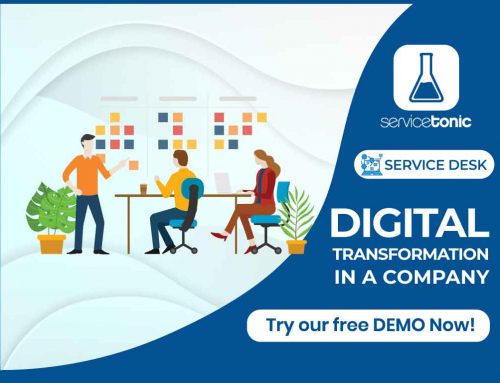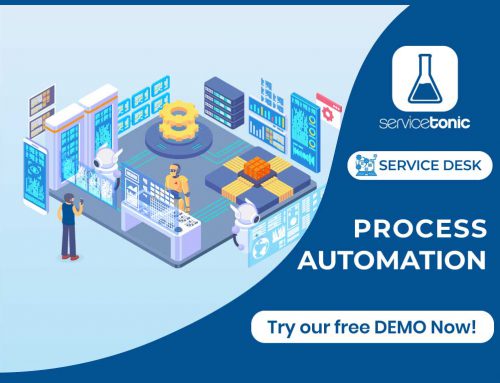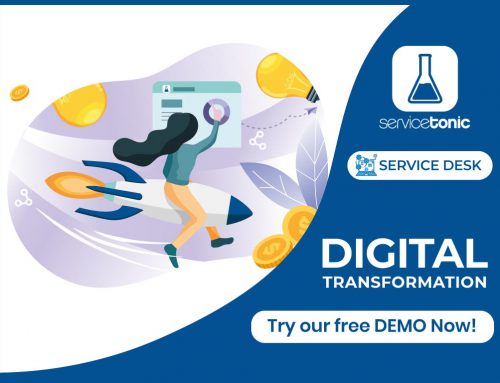Extend the scope of your Help Desk and bring real value to your employees and business
Nowadays, employees needs a trusted advisor to help them be more productive and take advantage of the technology that is available. In the absence of real IT support for those non-corporate technologies, employees are self-managing directly, with the risks and inefficiencies that this entails.
Nowadays:
- 61% of employees lack the technology to work effectively (source: ExecutiveBoard Survey)
- 28% of employees use personal devices for professional purposes in the workplace, a trend that according to Citrix will increase to 35% during 2013 (source: Citrix Survey )
- Employees have access to productivity tools beyond the corporate tools provided by IT (Non-Corporate Emails, Dropbox, Google Drive, Social Networking, Mobile Applications, etc.)
Meanwhile, the traditional Help Desk continues to focus on the provision of corporate IT services to employees with the main objective of restoring service as soon as possible. Besides, conducting quality surveys where the user is asked if they got a good service instead of asking for their satisfaction with the value that corporate ICTs bring to their job.
With this approach, the traditional Help Desk focuses on minimizing problems and curbing changes instead of providing improvements that increase employee productivity.
The good news is that the traditional Help Desk is already the gateway to IT for the employee and can become a Help Desk that brings real value to employees and business by following the following steps:
- Extend the scope of the Help Desk to change from being a mere incident solver to be responsible for employee productivity and overall satisfaction.
- Integrate in your services portfolio those non-corporate technologies that users use and that add value to their personal and business management, minimizing the risks of uncontrolled use.
- Invest in preventing problems before they happen. A good number of IT interruptions are due to changes introduced by IT itself.
- Automate your processes to the maximum, but especially those with low added value like incident resolution and repetitive service requests, such as resetting a password or validating of network connectivity.
- Apply user-based policies, using self-service and knowledge management tools, so they can fix their own problems by reducing calls to the Help Desk and increasing their satisfaction.
- Keep in mind the employees themselves. Record and review their suggestions, periodically evaluate their real level of satisfaction and get them fully involved in the design process of new IT services focused on maximizing employee and therefore business productivity.
- Use the savings from process automation to make your Help Desk closer to your employees, including the ability to have local machines instead of having your Help Desk centralized in a single location.
- Hold periodic meetings with your Key users for advice and needs review.



